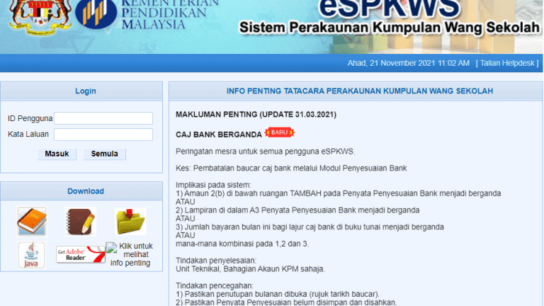Money laundering is the most optimal solution for fraudsters as they are utilized to conceal illegal funds to make them appear authentic. These illegal protocols include the major phases of placement, layering, and integration. Each one is dedicatedly used to execute the complete protocol of transferring illegal funds and hiding complex transactions. In this guide to the 3 stages of money laundering, we’ll be discussing how each stage is used for transferring illegal money into different financial accounts.
What is Money Laundering?
Money laundering is a broad term, but in simple terms, it is the practice that is executed by criminals to get profits from illegalities such as drug trafficking, bribery, money embezzlement, and terror funding. More to that, organized villainous groups and expert terror funders execute illicit money transfer services on the authority of their major activities.
The extent of money laundering internationally is very hard to examine. Even though a broad cited number from the United Nations Office on Drugs and Crime (UNODC) measures that money laundering programs cost around 2-5% of the global aggregate which is around $2 trillion in total.
Comprehend the Money Laundering Cycle
The cycle of money laundering circles around in three typical stages: placement, layering, and integration. The first stage of placement leads to the introduction of illegal funds into the banking system, leading to layering and then integrating them properly into the financial system. These three stages are interrelated to each other and thus lead to the execution of illegalities related to money.
Phases of Money Laundering for Executing Financial Crimes
The three phases of the money laundering procedure involve the liberation of illegal money into an authentic monetary system. The 3 stages of money laundering are given below in detail for better comprehension:
Placement in Money Laundering
The placement stage in money laundering happens when illicit money is inserted into the financial system. This is usually executed by splitting up huge sums of funds into less noticeable smaller quantities to place it directly into a bank account by buying monetary instruments such as audits or bank drafts that are composed and then stored in accounts at other places.
The placement in money laundering can be executed through diverse methods, which are given below for better comprehension:
- Using trusts and offshore companies to hide the identity of the real owner.
- Sending small amounts of cash abroad below the customs declaration limit, depositing it in foreign banks, and then transferring it back.
- Breaking down large sums into smaller deposits below the AML reporting limit (smurfing) and using them to cover expenses.
- Generating false invoices to create a legitimate appearance for illegal funds.
- Mixing illegal money with legitimate business earnings, especially in businesses with minimal variable costs.
Layering in Money Laundering
The layering in money laundering is executed when a fraudster conducts a series of monetary transactions with the only objective of making it look illegal so that the original source does not get recognized.
This channeled money is furrowed through the buying and selling of property and luxury items, or even in some severe cases, it could be a business firm or diverse bank accounts in different regions of the world.
Layering in money laundering can be done in a number of ways, and the potential ones are given below for a better understanding:
- Blending multiple transactions across different exchanges (mixing or tumbling) makes it harder to trace transactions to a specific account or owner.
- Switching between cryptocurrencies and moving across blockchains (chain-hopping) to obscure transaction trails.
- Depositing fiat money into one bank, buying and selling cryptocurrency, and then transferring the proceeds to another bank or account (cycling).
Integration in Money Laundering
The last step is to finally integrate those illegally earned money into the legal financial system. The integrated money is then utilized to buy luxury items and, sometimes, invest in business ventures. They are usually content to utilize payroll and other taxation to make the cleaning protocol more authentic, which accepts about a 50% reduction.
- Giving fake loans to directors or shareholders that will never be repaid.
- Paying dividends to shareholders of companies run by criminals.
- Creating fake employees, where cash salaries are paid and then collected back
The Bottom Line
As the incidents of money laundering are continuously accelerating due to the increased number of imposters in the market, the integrity of businesses and, most importantly, financial departments are at stake. To combat these illegalities, concerned departments of government have defined some regulatory measures such as anti-money laundering. Biometric AML protocols are very essential to maintain the integrity within financial institutions; therefore, their regulations have become requisite.






